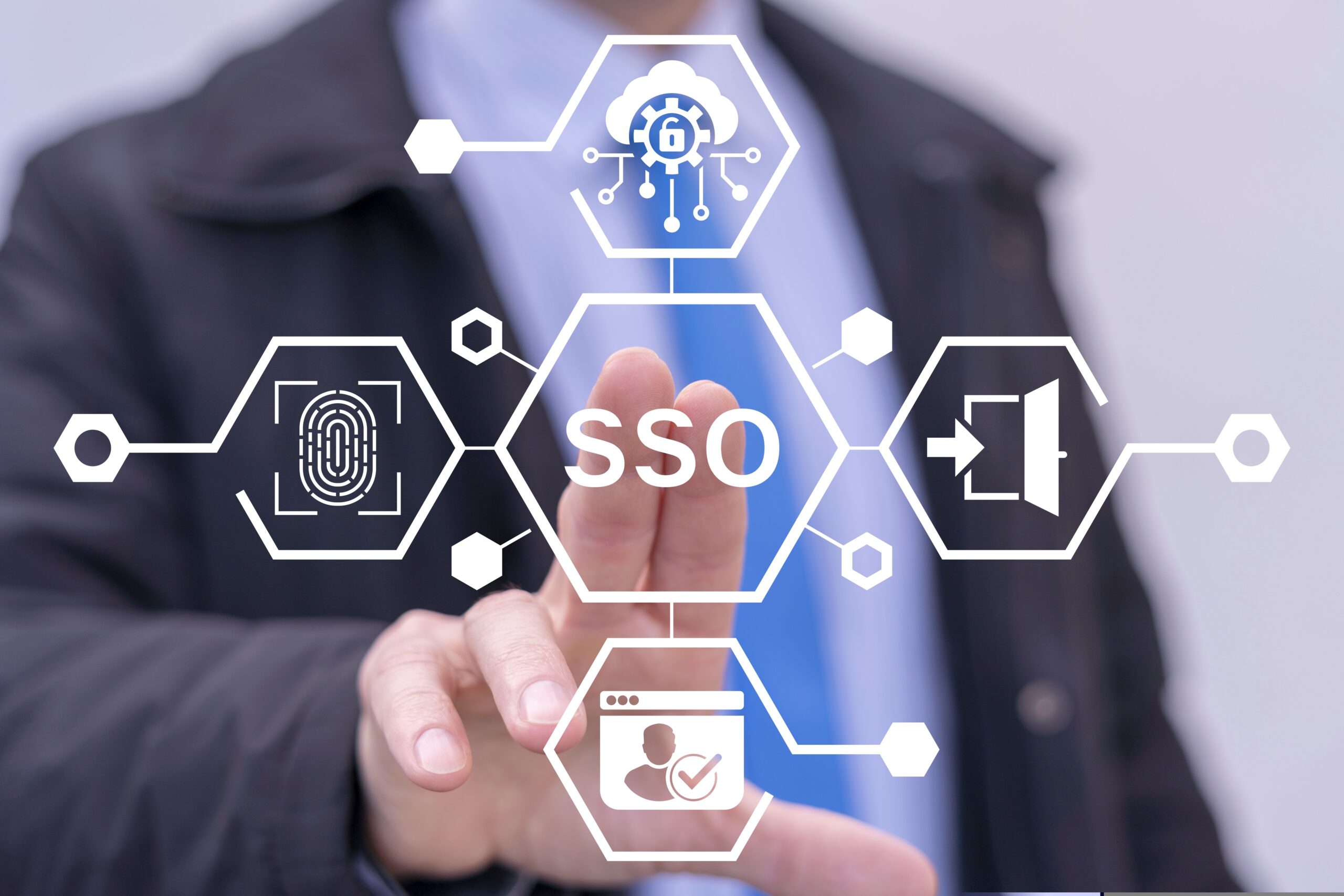A study by Gallup revealed that individuals born between 1981 and 2012 (millennials and Gen Z) are overtaking boomers (those born from 1946 to 1964) as the largest U.S. working demographic by age. This means that EH&S leaders in the American workplace need to understand and harness characteristics that will be effective for communicating with and engaging a large percentage of younger workers. With various generations comes differing inherent expectations about leadership. As the workforce becomes increasingly diverse, EH&S leaders must align expectations of the workforce by creating a culture of inclusion and accountability. The success of EH&S leaders will be determined by their ability to integrate sustainability into business practices, promote health and safety in the workplace, and create a culture of continuous improvement. To accomplish these feats, EH&S leaders for the next working generation will need these 3 characteristics:
1. Technological Fluency
Progressive leaders have seen and accepted that the future of organizational sustainability and profit relies heavily on the business’ adaptability in the face of change. In the midst of Industry 4.0, the success of this depends on the technology used within business operations. With an increasingly tech-savvy workforce, growing complexity in work processes, and consistent tightening of EH&S legislation it is quickly becoming essential to provide teams with technology capable of reducing redundancies, accelerating execution, and improving the convenience of work. The ability to learn what technological advancements are most supportive of an organization’s needs and ideals, how to utilize them, and how to best pass that learning on to others is key to leadership in this age.
Additionally, harnessing the right technology allows leaders to automate many administrative tasks. Bill George of Harvard Business School recently shared that leaders need to actively position themselves amongst their peers to be able to investigate what workers are thinking. Finding the time to walk onto the shop floor is difficult when most of the working day’s hours are spent sending emails and checking figures; however, by leaning on technological advancements to accomplish those tasks for them, EH&S leaders can have more time to participate in those necessary engagement activities.
2. Accountability
Accountability is an oft-used word when describing any sort of leadership because it holds so much weight. Representing an accountable safety mindset starts with “walking the talk.” Transformative leaders exemplify their leadership by not only signing policies expressing their commitment to EH&S, but by investing their time in walking through the workplace, connecting with the front-line staff, and creating meaningful conversations with frontline workers, all the while, participating in the same safety principles that they place on others.
When Paul O’Neil (former CEO of Alcoa Aluminum, celebrated leader, and advocate of accountability for workplace safety) continuously held himself and his leadership team responsible for every injury within the organization, he ended up revealing that an organization’s profitability is linked to its EH&S metrics. O’Neil believed that a steadfast commitment to safety was the best way to offer dignity and respect to every employee and even went so far as to display his personal accountability in the matter by beginning shareholder meetings with an outline of the emergency response plan. Though this example is of a CEO, O’Neil created a legacy for the next generation of EH&S leaders to emulate.
3. Demonstrated Emotional Intelligence.
Emotional intelligence or being “in touch” with one’s inner strengths, weaknesses, and feelings, can be effectively used in the professional setting to nurture working relationships. Currently, employees engage when there is an established culture of transparency and inclusion. When making decisions that will affect the health and safety of those around them, EH&S leaders need to be conscious of their personal biases and manage their emotions while dealing with failure. EH&S leaders can, through humility and a perceivable commitment to personal growth, harness emotional intelligence to better understand others and communicate their ideas, goals, and vision. For example, through meeting with individuals and asking for help in understanding how an incident is getting repeated (as opposed to shouting that people will get fired if they cannot get things right), an EH&S leader is showing vulnerability, asking for help, showing they want to learn. In this way, leaders can empower the other individuals within an organization to be a leader, to “own” their safety and that of their coworkers.
Workplace culture across industries is being transformed by the influence of the next generation. To meet the expectations of a multi-generational, multi-cultural workforce, the next generation of leaders must improve their proficiency in technological and soft skills. One enables the other, as advancements in automation open more opportunities for leaders to develop their understanding of situational awareness, conflict resolution, empathetic listening, business planning, and professional ethics. Today’s leaders, in demonstrating a high prioritization of accountability, empathy, and continual learning, will be able to better engage today’s workforce. Additionally, they will be setting up those same peers to be more successful business leaders in the future.
Author Bio
The SafetyStratus Research Advisory Group (RAG) brings together thought leaders from the global environmental, health, and safety community to promote best practices and provide key insights in the profession and the industries they serve. The Research Advisory Group also advocates, where practical, the intersection of and advances with the use of technology, such as the SafetyStratus enterprise EHS software platform. Group membership consists of representatives from across varied disciplines and market sectors as well as select members of the SafetyStratus team.
The primary objectives of the SafetyStratus RAG partnership are to:
- Build a strategic partnership between EHS practitioners and the SafetyStratus team.
- Provide engaging and practical content to the global EHS community.
- Provide discipline and market feedback specific to SafetyStratus products and services.
While the objectives of the RAG are varied, the primary public-facing outcome will be available through engaging and practical content found on the SafetyStratus resource pages. Various articles, papers, and other valuable resources will be produced and shared as part of an ongoing effort to cultivate a robust community. Ultimately, the SafetyStratus RAG will expand to have a broader reach and provide opportunities for more inclusion by all interested EHS professionals in a collaborative community environment.



